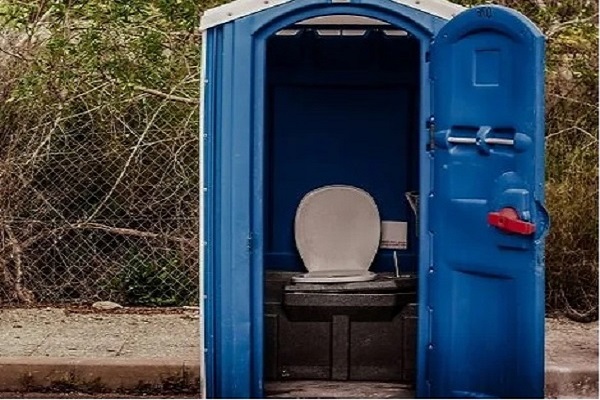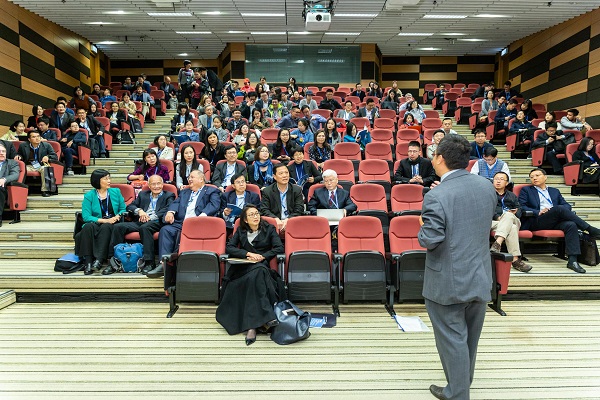In 2025, portable toilets will probably become not only a necessity for emergencies but also a status symbol of hi-tech design and the newest advances in environmental hygiene. With the advancement in technology, those days are gone with cramped or unsanitary units that contain minimal functionality. Today toilets have innovative features such as self-cleaning systems, odor control technologies, and eco-friendly biodegradable waste management systems.
These not only enhance user comfort but also solve international concerns about environmental sanitation. This article will explain the most updated innovation in the portable toilet design in 2025 and how they furnished a cleaner and safer future.
What are the Newest Innovations in Portable Toilet Designs?
Portable toilet designs have reached the newest innovations in 2025. These designs combine advanced technology, user comfort, and sustainability. Here are some of the most recent innovations:
Waterless and Composting Toilets
The new waterless portable toilet rentals use advanced technology for compositing that automatically turns waste into organic materials. These designs save water contaminations and are best for remote areas or events where the plumbing system is currently unavailable. These designs are eco-friendly, don’t contain any odors, and are easy to maintain. This makes them a popular choice for outdoor events.
Solar-Powered Units
Portable toilets are now using solar energy for feature utilities like lights, ventilators, and even automatic flush systems. Such units are completely energy-efficient; they are suitable for use in outdoor festivals, construction sites, or disaster relief efforts that have limited electrical access. This enhances energy efficiency and is best for event organizers.
Self-Cleaning Technology
In 2025, self-cleaning portable toilets will also be designed that use UV lights or automated sprays to disinfect the surface after each use. This modern technology ensures a reduction of maximum germs, and maintenance time, and keeps the toilet in quality after each usage. This makes it perfect for high-quality areas. These designs also lower operational costs by reducing the need for frequent manual cleaning.
Smart Monitoring Systems
IoT-enabled portable toilets now track usage, cleanliness, and supply levels in real-time. Sensors alert operators when it’s time to empty tanks, refill supplies, or clean the unit. This technology ensures efficient management and provides users with a consistently clean and stocked facility. Operators can monitor multiple units remotely, reducing downtime and improving overall service. This feature is particularly useful for large-scale events and remote locations.
Touchless Operation
Touchless features, such as motion-activated doors, flushing, and soap dispensers, are becoming standard in portable toilets. These innovations prioritize hygiene by reducing contact with surfaces, making them safer and more user-friendly. They also minimize the spread of germs, a critical consideration in post-pandemic times. The convenience of touchless operation enhances the user experience, especially in high-traffic environments.
Climate-Controlled Designs
New climate-controlled portable toilet types offer air conditioning and heating systems to keep users comfortable in any weather. These units are especially beneficial for extreme climates, ensuring a pleasant experience regardless of temperature. Advanced insulation technology also reduces energy consumption. This innovation makes portable toilets more inviting and suitable for long-term use in various environments.
Lightweight and Foldable Structures
Innovations in materials have led to lightweight and collapsible portable toilets. These designs are easier to transport and set up, making them suitable for emergency situations, outdoor activities, and large-scale events. Their compact design allows for efficient storage and transport. Despite their lightweight nature, these units are built to be sturdy and durable for repeated use.
Luxury Portable Restrooms
For VIP events, luxury portable toilets now feature spacious interiors, high-end materials, LED lighting, and even music systems. These units provide a premium experience that rivals traditional restrooms, catering to high-profile gatherings and weddings. Some designs also include additional amenities like vanity mirrors and hot water for handwashing. These luxurious features make them stand out, enhancing the overall event experience.
Accessibility-Focused Designs
2025 has seen portable toilets designed specifically for users with disabilities. These include larger interiors, handrails, and ramps for wheelchair access, ensuring inclusivity for all users, regardless of their physical needs. They are compliant with accessibility standards, making them suitable for public spaces. These designs also include clear signage and easy-to-use features for a hassle-free experience.
Multi-Purpose Units
Some new designs combine portable toilets with other facilities like changing rooms or showers. These multi-functional units are highly practical for construction sites, festivals, and long-term outdoor activities, providing added value and convenience. By combining essential facilities into a single unit, they save space and resources. This innovation caters to the growing demand for versatile and cost-effective portable solutions.
Addressing Innovative Portable Toilet Design Challenges in 2025
Besides this innovation in portable toilet designs, there are some challenges that designers face at the time and building such unique designs. These challenges are:
Balancing Cost and Accessibility
Innovative designs mostly cost huge amounts to have them produced and thus will not be suitable for smaller events or low-budget projects. Manufacturers need to become creative on how to save costs without compromising quality. Subsidizing or mass production can go a long way when these solutions have to be made more affordable.
Adapting to Diverse Environments
Building advanced portable toilets in extreme or remote areas is challenging. This is because of a lack of infrastructure and sudden climate change. Designing portable units that are durable and adaptive to any type of weather condition is vital. To overcome this challenge modular and lightweight design can mitigate these issues.
Maintaining Complex Features
Smart and self-cleaning porta potties require maintenance and regular cleaning. This enhances operation costs to an extent. For resolving this issue the features are simplified into easy technology to enhance efficiency.
Ensuring Sustainable Practices
Eco-friendly characteristics such as composting or solar panels are not always feasible depending on scarcity of location and knowledge. Such a condition would actually need an education in sustainability for widely applicable installation. It must be scalable in use to very different kinds of environments for maximum impact.
Consumer Adoption and Trust
Most users hesitate to trust new technologies or new companies which is very challenging to gain at first to gain consumer trust. That’s why choosing clear communication and user-friendly designs is best to build confidence among users.
Addressing Regulatory Hurdles
Innovative designs must comply with local sanitation and safety regulations, which can vary widely. Navigating these regulatory landscapes can delay implementation. Collaborating with policymakers can streamline approvals and ensure compliance.
Managing Waste Disposal in Remote Areas
Advanced systems like composting or waterless toilets still face challenges with waste management in areas lacking proper disposal infrastructure. Partnering with local waste management services can provide solutions. Portable treatment systems can also help address this issue.
Reducing Energy Dependency
Solar-powered units and other tech-heavy designs may struggle in areas with inconsistent sunlight or limited power backup. Designing energy-efficient systems with alternative power options can overcome this limitation. Hybrid models can ensure reliability.
Conclusion
Innovations in portable toilet design in 2025 are transforming the way we think about sanitation. From eco-friendly materials to smart technology and user-focused designs, these advancements offer better hygiene, comfort, and sustainability. While challenges like cost, maintenance, and adaptability remain, ongoing improvements are making these solutions more practical and accessible.
Portable toilets are no longer just functional necessities; they are becoming an integral part of modern infrastructure. As these designs continue to evolve, they promise a cleaner, safer, and more convenient experience for everyone. The future of portable sanitation is bright, and it’s exciting to see how these innovations will shape the industry further.







